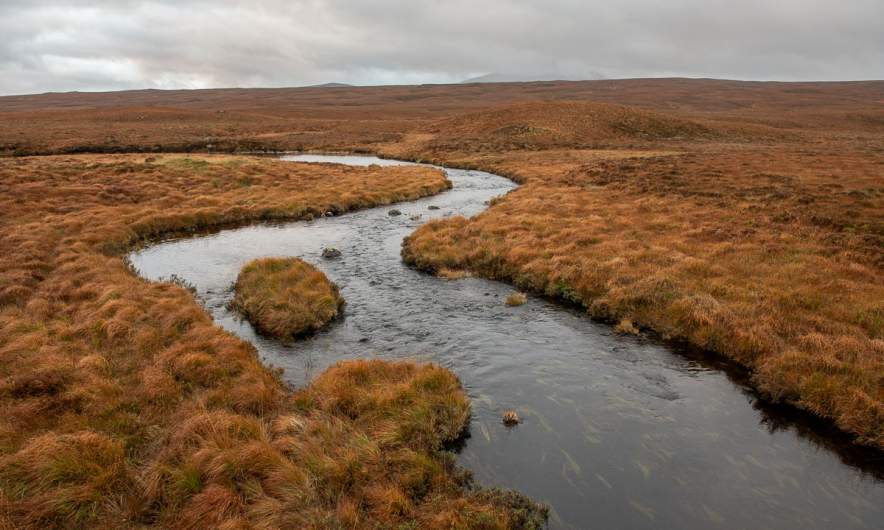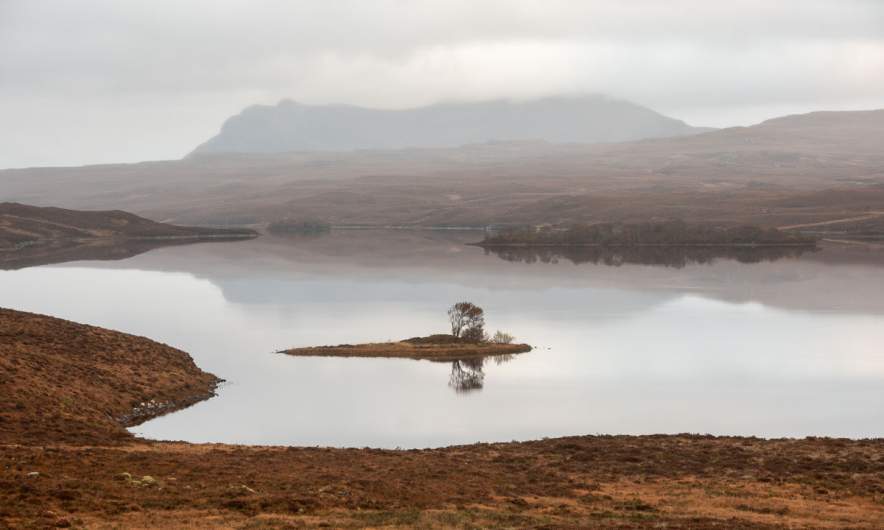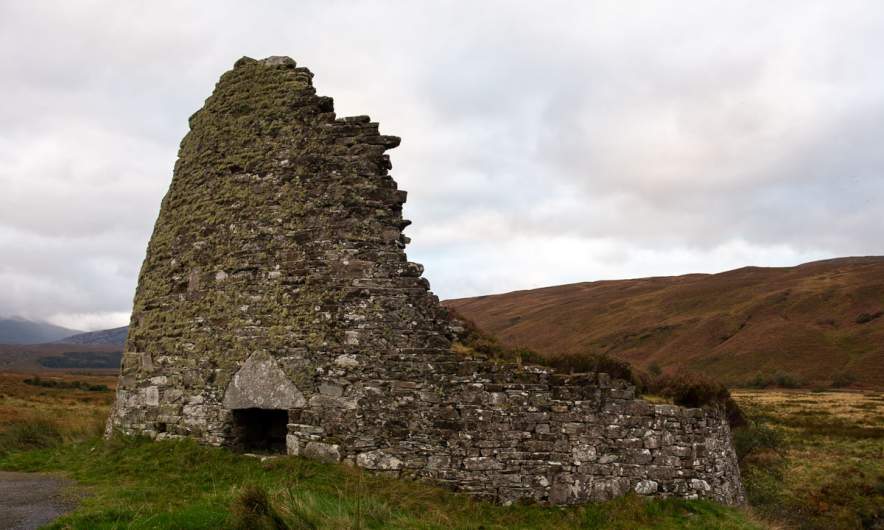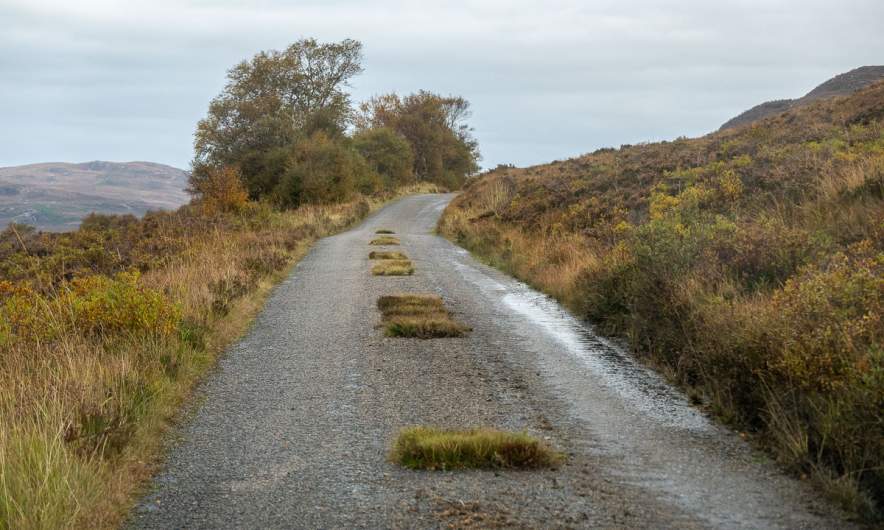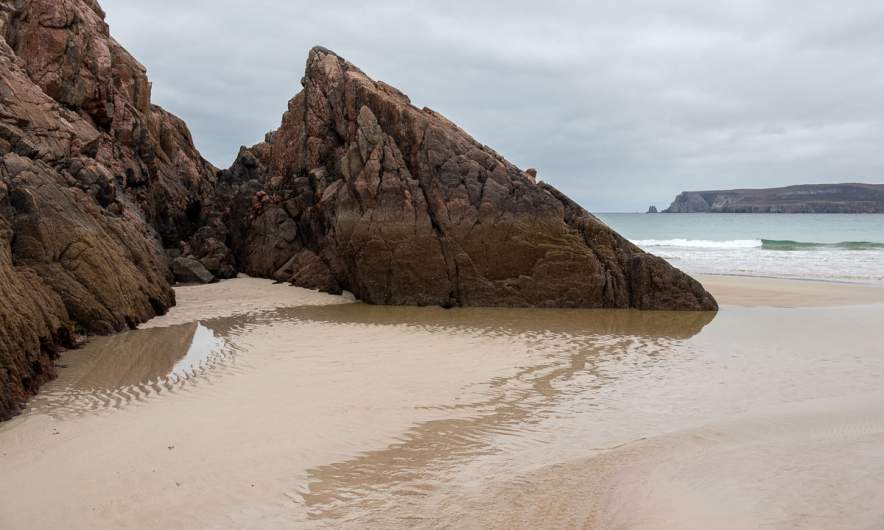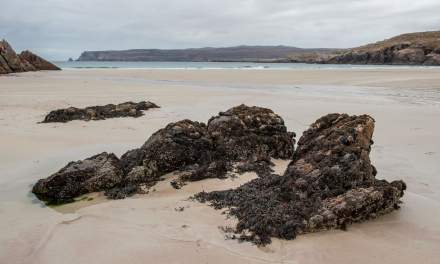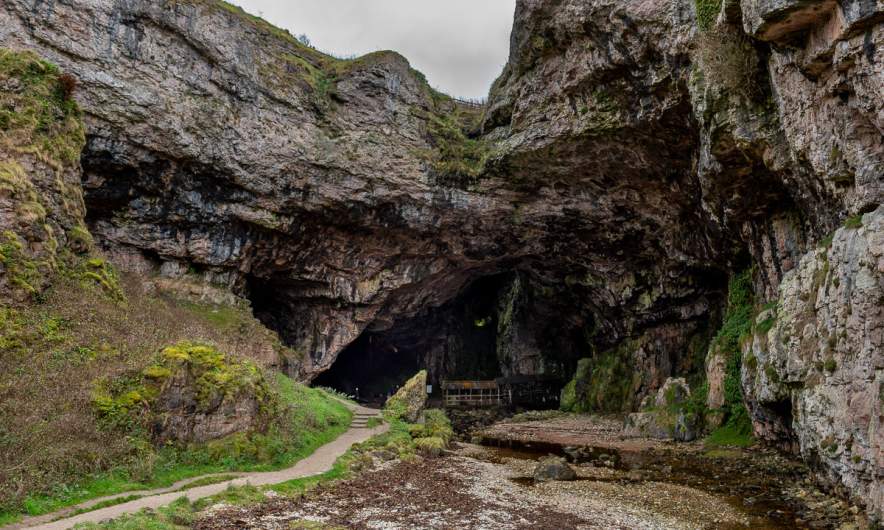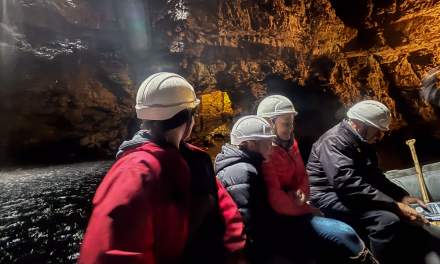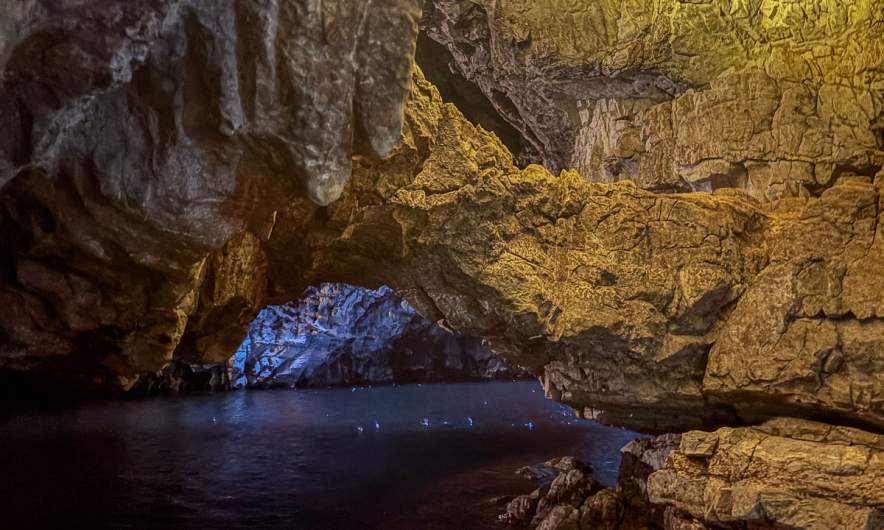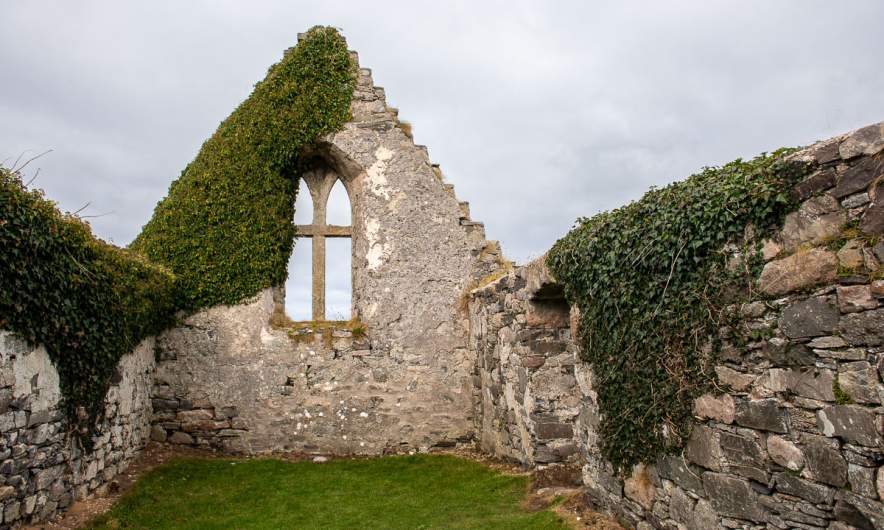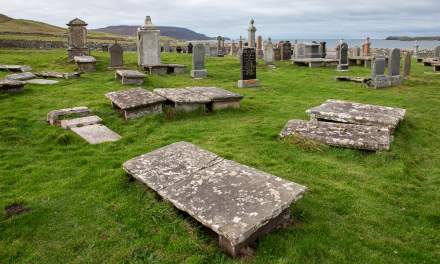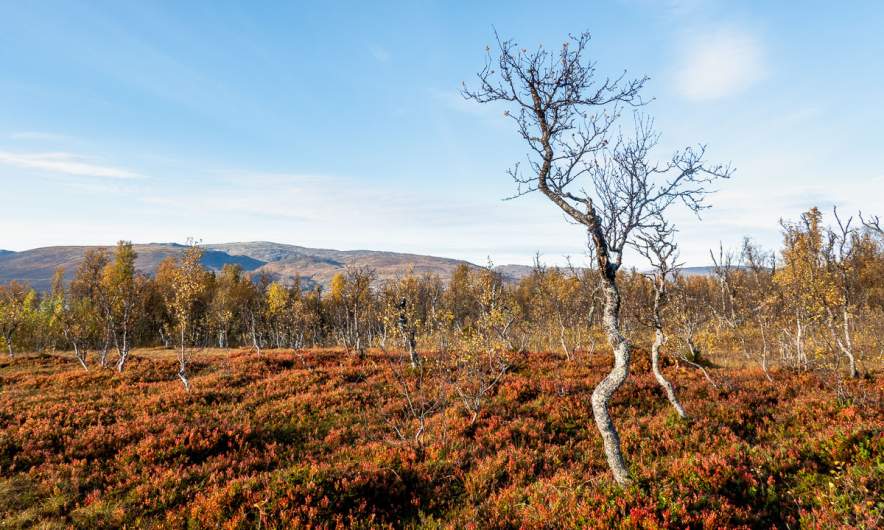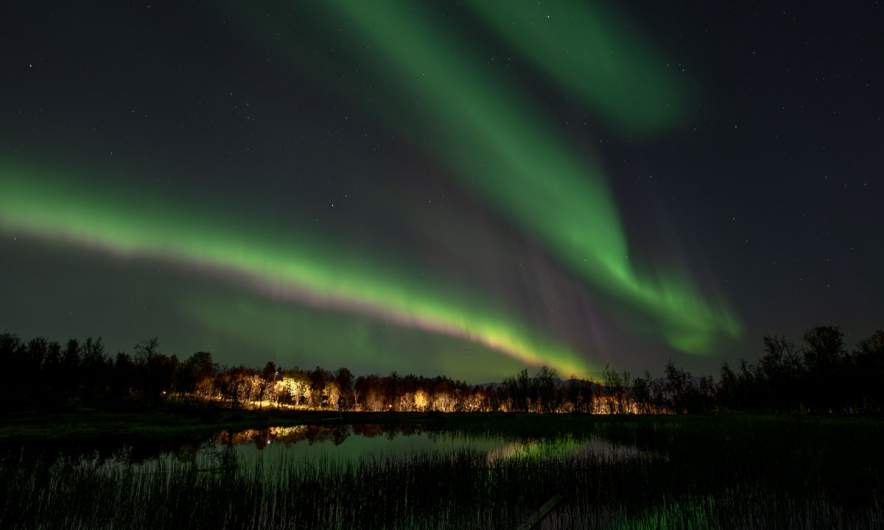Scotland NC500 – day 4 – the highlands, a beach, a cave and back to the highlands
This article is part of the series “2025-10: Northern Scotland”.
16 October
My wife Annika and I have just left the comfortable Altnaharra Hotel. As on the whole road trip Annika is driving while I am trying to guide as well as I can. We cross the River Mudale and turn left onto one of the many, many single track roads.
A single track road is a road so narrow that two cars cannot pass. Therefore there are passing places marked with signs at more or less regular intervals. As a driver you have to be constantly alert, especially when the road is bending or the terrain is hilly. And especially if you have a rental car without a rear-view camera ;-). For obvious reasons it is prohibited to park in any passing places.
Luckily there are spots where you can stop, so that I can take photos of the moorlands in the Scottish Highlands. I wonder whether they always have such intense red-brown colours. I’ve been in Scotland three times, but always in October.
We stop at a broch. I learned this word just a couple of days ago and I cite from Wikipedia to explain it:
In archaeology, a broch /brɒx/ is an Iron Age drystone hollow-walled structure found in Scotland. […]
This tower-like ruin is Dun Dornaigil Broch. It dates back at least 2,300 years. It is impressive that parts of it still stand.
Actually we chose this street to see Ben Hope, Scotland’s northernmost Munro (that’s the Scottish name for mountains higher than 3000 feet). But it is too cloudy and we can only guess where the top might be. Following the road however is an attraction itself. The views on the moorlands, the patches of grass in the middle on the road, the stubborn sheep that refuse to move, often it is the small experiences that form one’s memories.
But eventually even the most stubborn sheep step aside and the longest single track road comes to an end. We are on the A838, drive round the sea loch Loch Eriboll and park our car at the Ceannabeinne Beach. Time for a walk. And photos. But still I haven’t bathed in the sea even once, the weather is just not very inviting.
Our next stop is the car park of the Smoo Cave. We go down the stairs, cross the river that emerges from the cave on the wooden bridge and stand in the vast opening. Here there is another bridge leading into darkness.
Following this bridge leads to a jetty. At the end of the jetty, there is a ladder. Below, a dinghy is moored. But straight ahead a waterfall is visible, illuminated from above, where there is a hole in the cave ceiling.
To our delight, tours into the caves are still available and we add our names to the list. I run upstairs to the car to fetch my waterproof mobile phone case and down again. Soon after we enter the jetty again. We are eight “cave explorers” including us and a guide, all wearing helmets. We climb down the ladder, enter the boat and are rowed over the underground pond. More than once we have to duck, when the ceiling gets low. Then we exit the boat and continue exploring by foot. We reach a water-filled hole in the bottom and the guide shows a video of a diver going down there. Diving down small and deep holes, digging oneself through the narrowest cracks – the stories we are told about the still ongoing exploration of this cave are not for people with claustrophobia!
The guided tour is not long but I enjoyed it very much. If you want to participate, take cash with you. There is no internet in the cave.
Near the cave is Durness, the north-western tip of the scenic road NC500. Here we do not stay long. After buying provisions at the shop and filling up the car we continue a bit further west to Balnakeil. We visit the cemetery and then have lunch on the grass looking over the beach and the sea.
Then we head back to Durness and drive southwards. Annika has to drive us another 90 km to Lairg where we managed to find affordable accommodation – not an easy task off-season in Scotland. But the road leads to the highlands again and so the day ends as it began: with impressive views over the red-brown moorlands and a grey sky.
